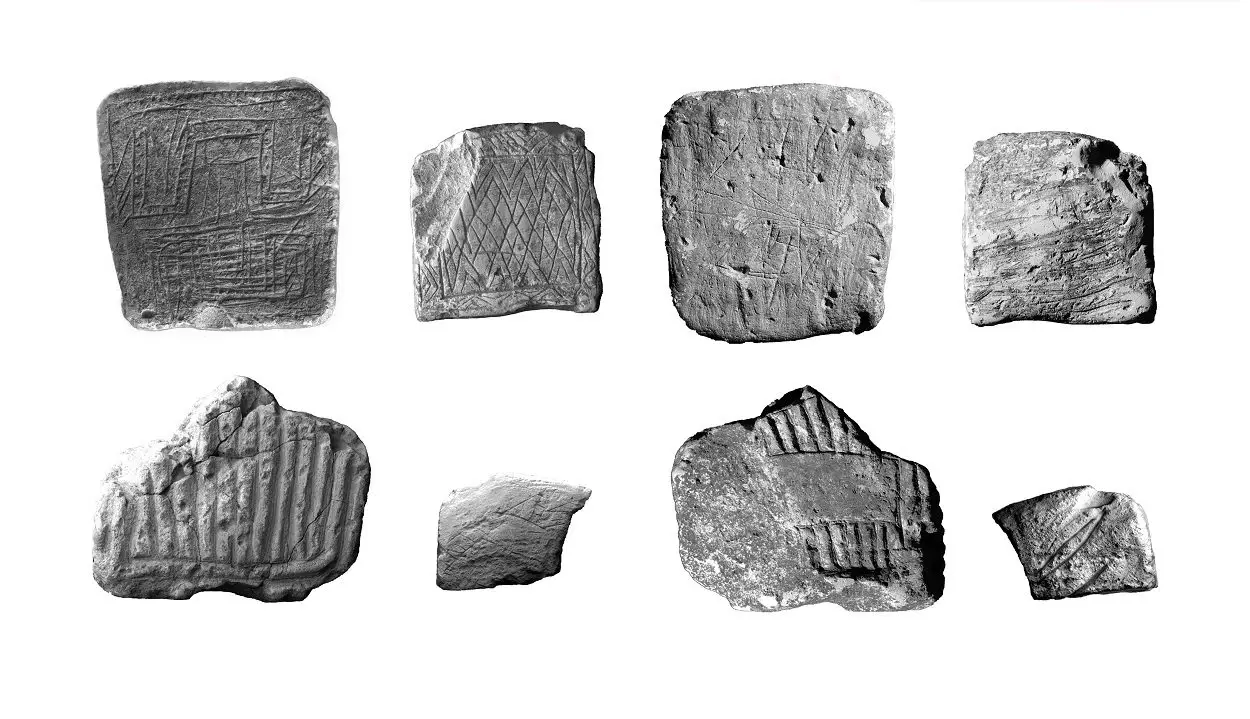Researchers from Wessex Archaeology have shed light on previously unseen artistic elements used during the ‘golden age’ of Neolithic chalk art on plaques from the Stonehenge area.
The plaques are considered to be among the finest examples of Prehistoric engraved chalk in Britain. They were discovered between 1968 and 2017 within 5km of one another, in a cluster around Stonehenge, with the most notable examples discovered during the widening of the A303 in a site called the Chalk Plaque Pit.
Four of the plaques were subject to non-invasive Reflectance Transformation Imaging (RTI) technology that highlighted a range of artistic abilities in the predominately geometric designs on each plaque, demonstrating not only deliberate, staged composition, execution and detail, but also providing an insight into the inspiration of the Neolithic artists.
In one instance, it is possible to suggest that the designs were not abstract but, rather, drew on objects known to the artist in the real world.
Bob Davis, formerly Senior Project Officer at Wessex Archaeology said: “Previously, the chalk plaques were documented using hand-drawn illustrations and were difficult to reconstruct due to erosion. However, the advancement of revolutionary technology has made it possible to reveal previously unseen features of the plaques, which help us to understand the creative process of these Prehistoric artists.”
Dr Phil Harding, Archaeologist at Wessex Archaeology who also co-authored the new study and examined the plaques in 1988 before accurate radiocarbon or technological methods were available, said: “Chalk has provided an attractive material for engraving for countless generations. It offers surfaces that can be smoothed, allowing designs to be sketched, reworked, altered or erased accordingly. Engraved chalk plaques were an important cultural marker in the Neolithic period. Utilising the advancement of photographic techniques, it is possible to suggest that Neolithic artists used objects known to them in the real world as inspiration for their artistic expression.” Find out more





